You Won't Believe This: Animals Who Survived After Being Frozen Solid
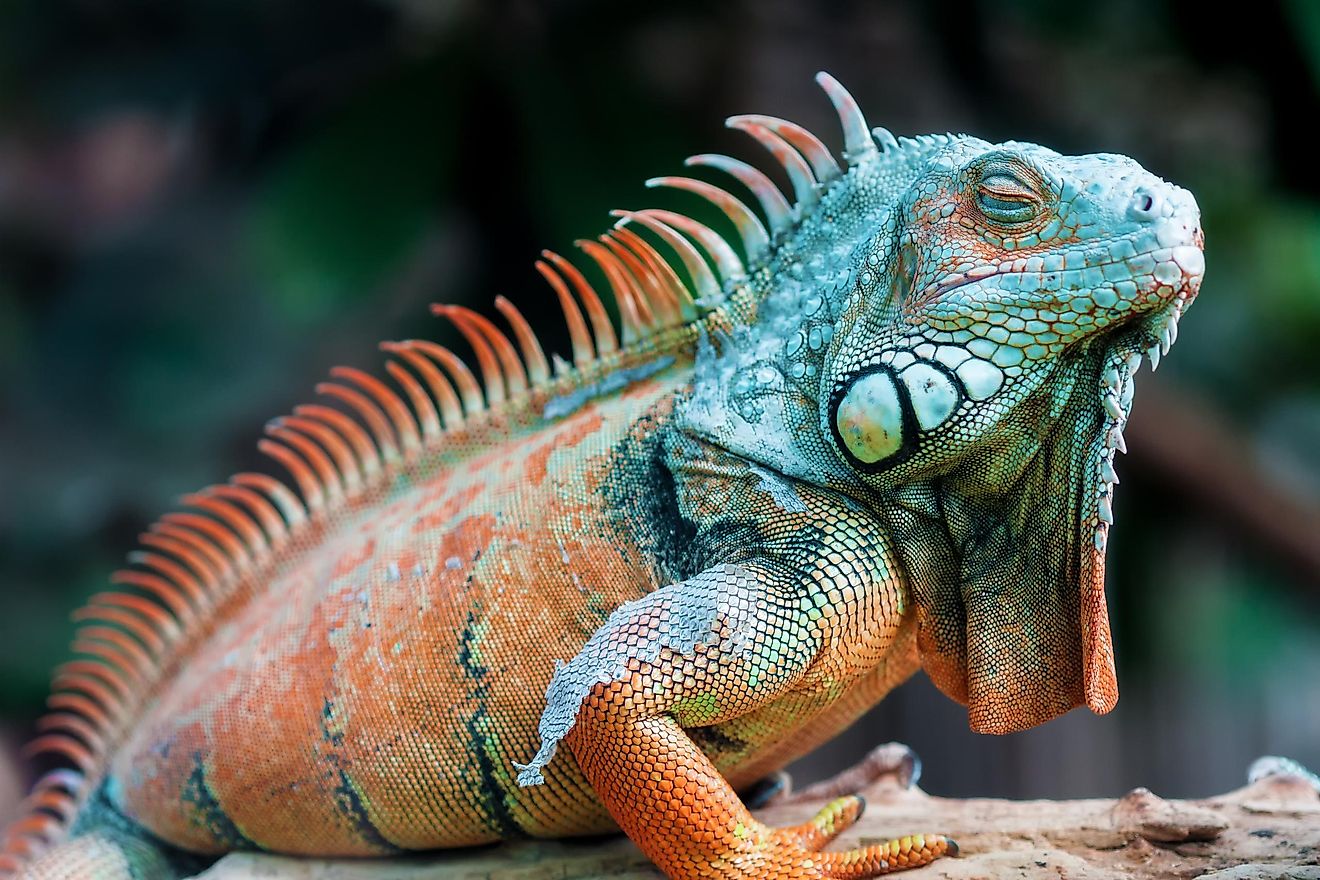
- In Japan, mountain forest monkeys survive the cold of the winter by soaking in hot springs.
- Alligators can survive in frozen ponds by sticking their snouts out and breathing that way through the cold time.
- Tardigrades can be found nearly anywhere on Earth from the upper atmosphere to the bottom of the sea.
Some regions of the planet have an extreme change of temperatures from mild and comfortable in summer to the deep frost in winter. Some animals have isolating coats and reach larger sizes to keep warm, but what do those creatures who have none of those adaptations do?
There are incredible animals that can survive deep frosts by ceasing the majority of the life functions and hibernating, by producing natural "antifreeze," or even by letting themselves freeze, and then "come back to life."
Tardigrade
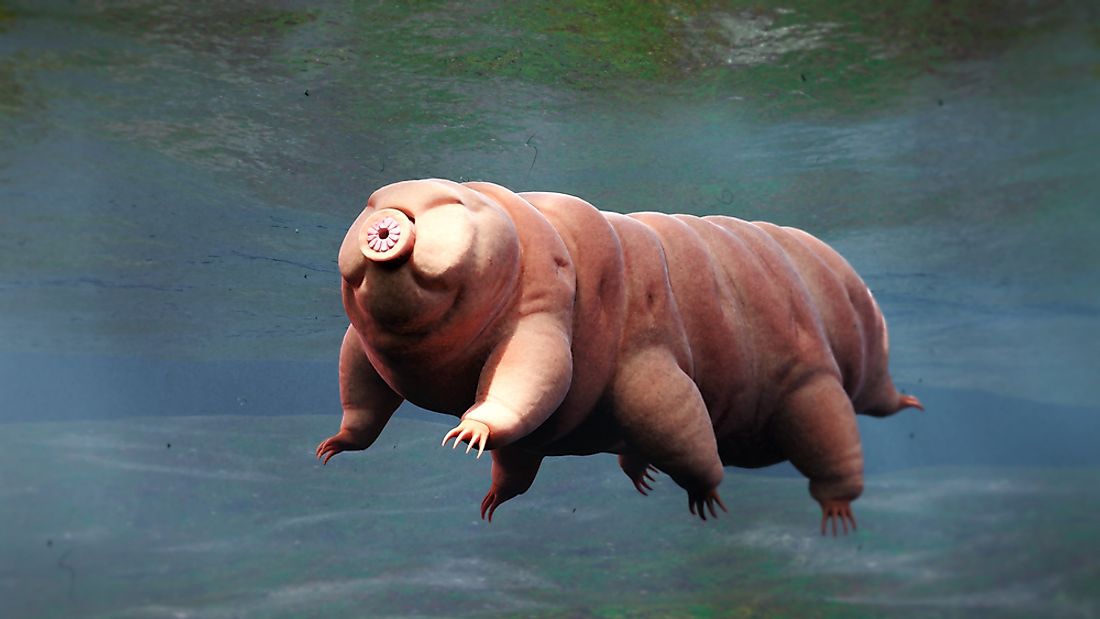
Water bears are tiny invertebrates just one millimeter in size but are known for being one of the world's most resilient animals. They can survive being frozen to extreme temperatures far below anyone else's capabilities (down to -359°F). They can remain alive after being boiled and exposed to radiation and extreme pressure.
In 2011, they were even launched to the vacuum of space, which they managed to survive as well. The current hypothesis is that they endure by utilizing cryptobiosis, a death-like dehydrated state. When the conditions become favorable again, they come back to life.
Wood Frog
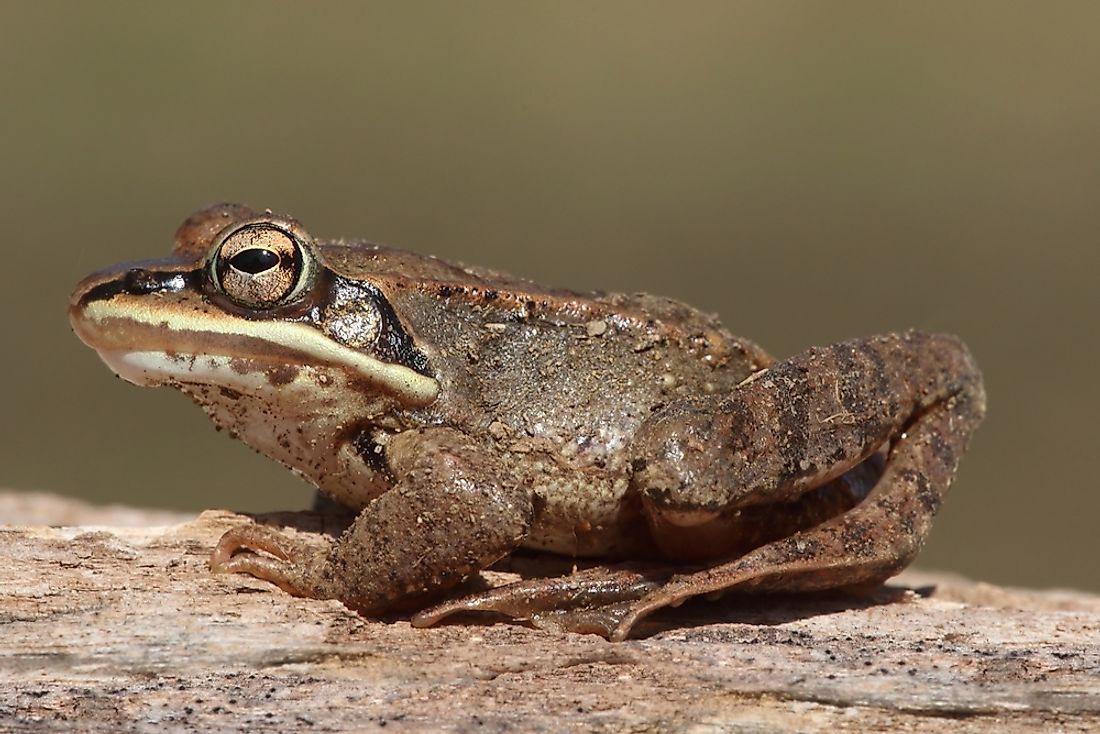
During winter, the wood frog (Rana sylvatica) can be easily mistaken for a dead animal: it is frozen, motionless, including the brain and the eye lens, and has no detectable heartbeat or breathing activities. However, the frogs survive this state and thaw back to life in spring; the cycle repeats for several years during the frog's lifetime.
This became possible thanks to several adaptations. First, special nucleating proteins remove the majority of the water from the frog's cells, so the ice, when formed, could not tear them apart. Then the frog's liver produces glucose, which fills the cells with the fluid that is resistant to being fully frozen.
Banded Wooly Bear Larvae
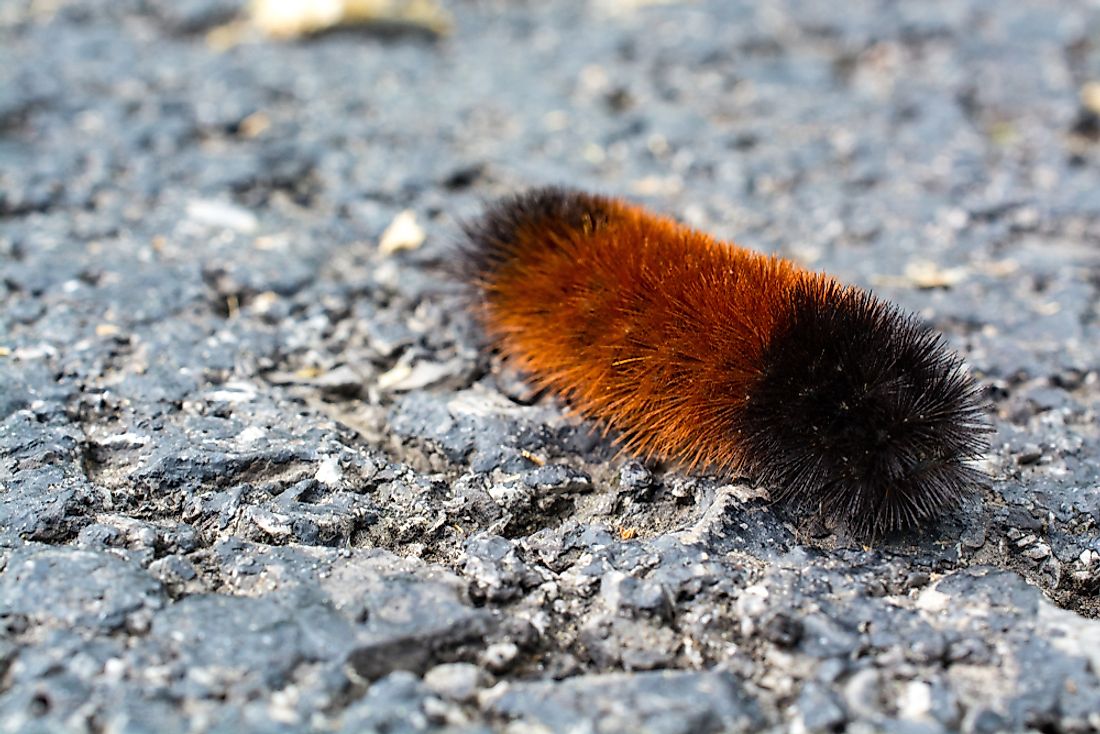
Banded woolly bears are the caterpillar stage of the Isabella tiger moth. It lives in many cold regions, including the Arctic. They look like a small, dark-colored, hairy caterpillar, hence the name. During the warm part of the year, it feeds on the vegetation. However, because the summers are short, they are unable to accumulate enough matter to go through the pupa stage leading to transformation; they need several years - up to a decade - to accumulate enough.
The first winter would kill any other caterpillar; banded wooly bears found the way to survive it repeatedly by being completely frozen each cold season and then thawed each summer. Same as the Upis Beetle, their tissues are protected from the damaging effects of the ice by the cryoprotectant substances.
Upis Beetle
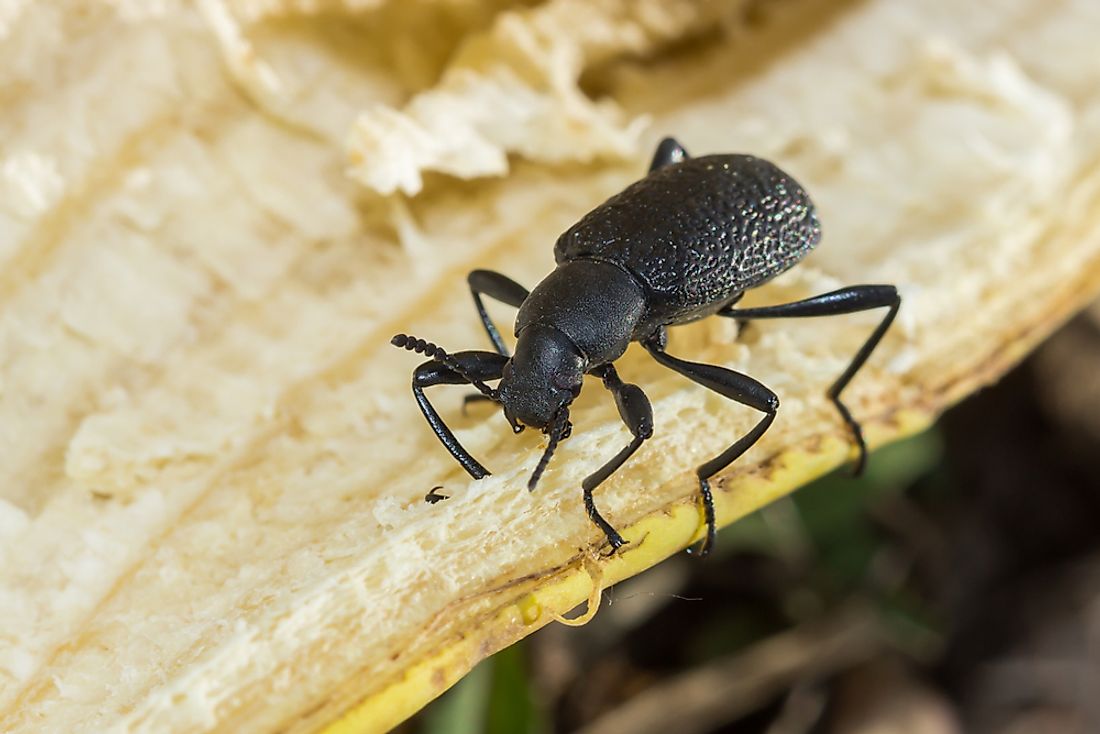
Alaskan winters can get as cold as -100°F. At about -19°F, the beetle freezes; however, it is not deadly to it the way it would to any other creature thanks to the substance called xylomannan. It facilitates a slower freezing process, which allows the ice crystals to form without damaging the beetle's tissues. So when the spring comes, the beetle "defrosts'' and continues its lifecycle.
Iguanas
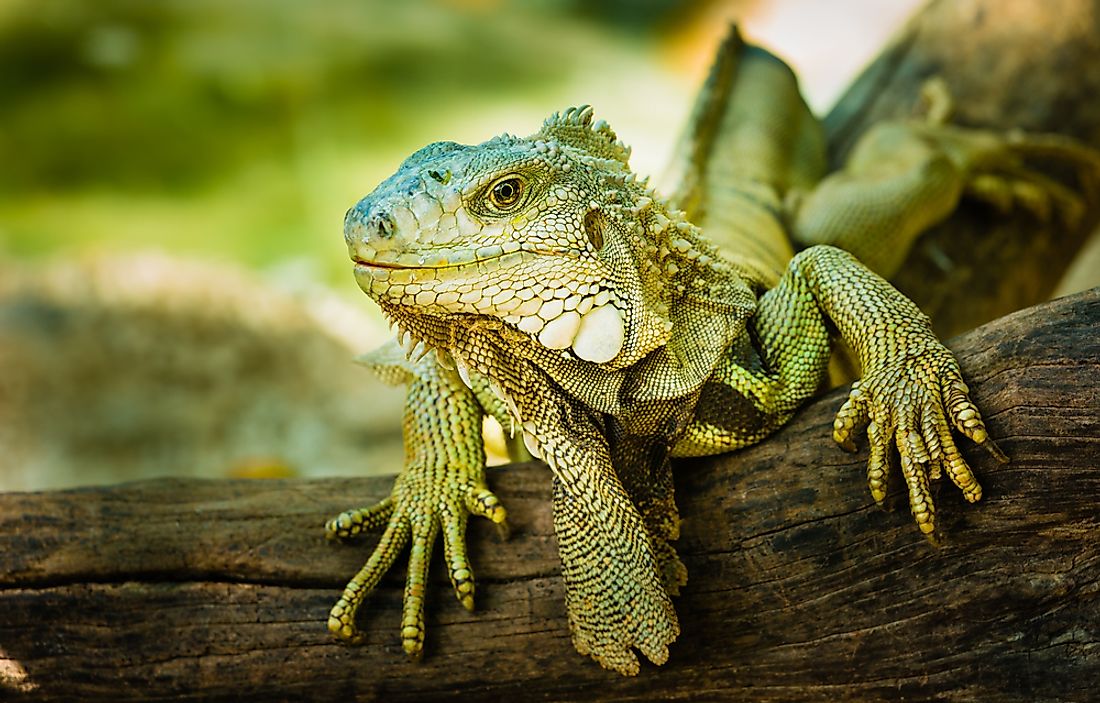
Even though iguanas are cold-blooded animals, they can still freeze if the temperature drop below 40 F. You can see them coming down from trees when it is sufficiently cold, however, do not mistake them for dead because they are not - just frozen. Scientists explain that the iguanas are just slowed down, as their body temperature drops due to the cold. Make sure you do not touch or try to move a ''frozen'' iguana as they very well may react in defense if they do not appreciate being picked up.











